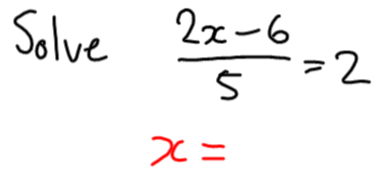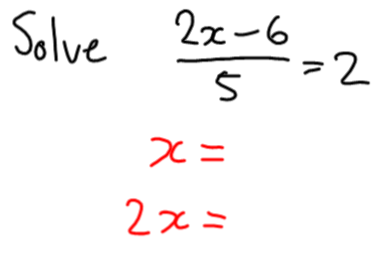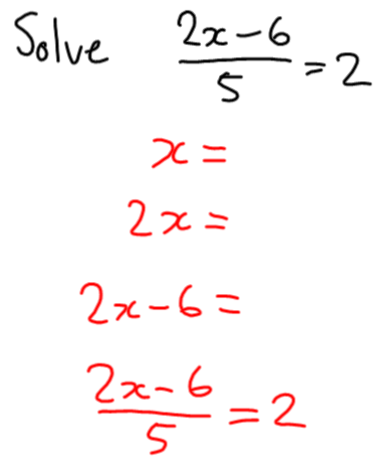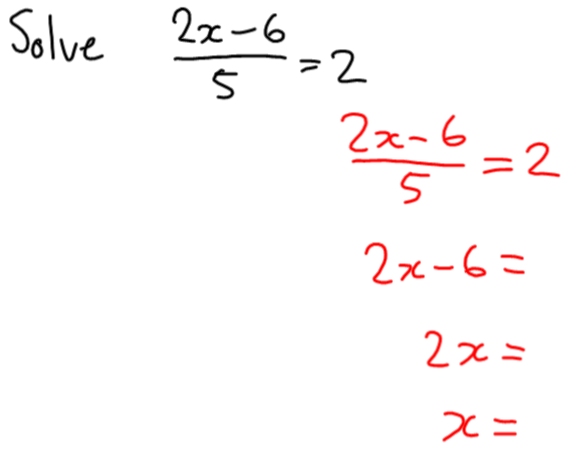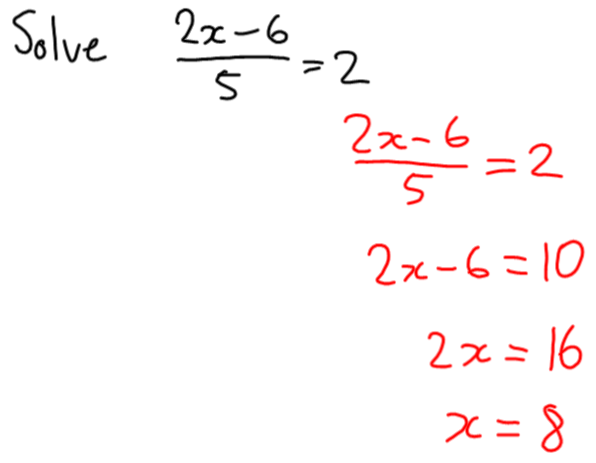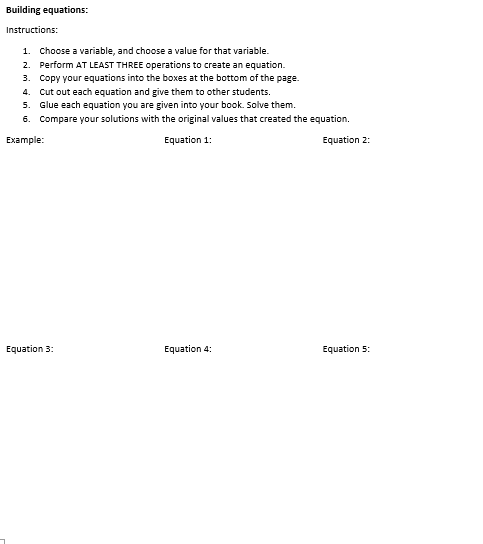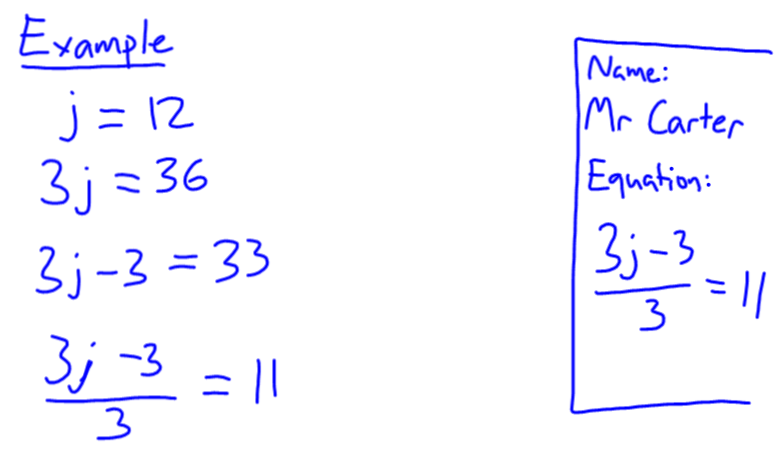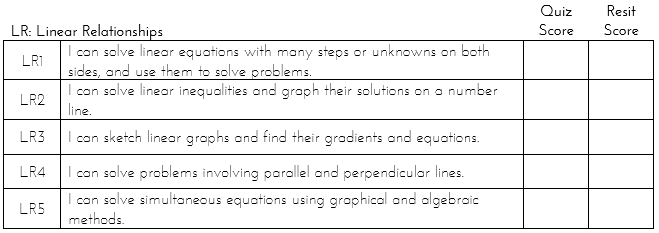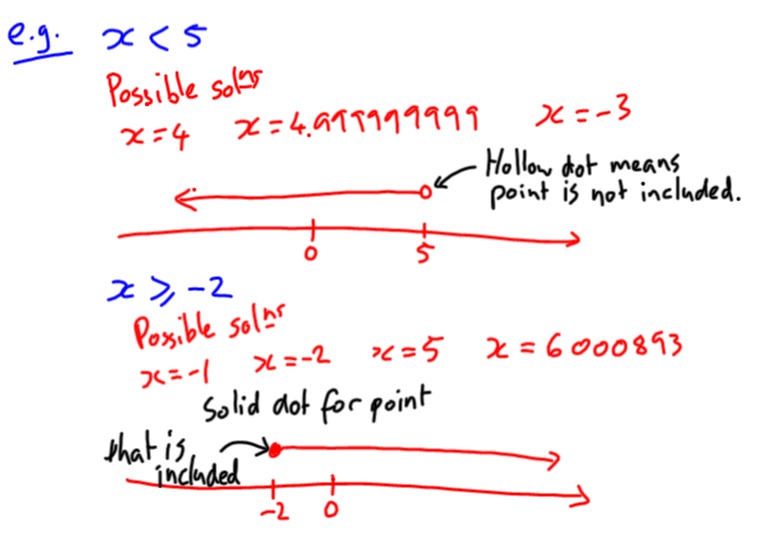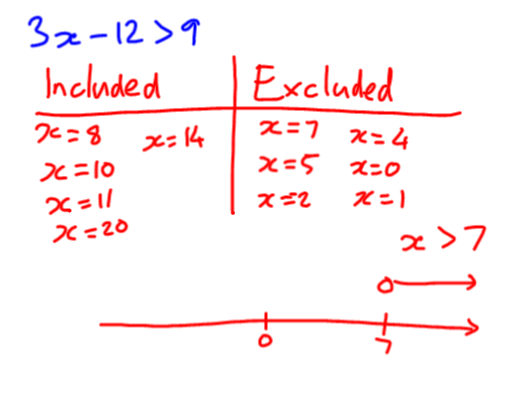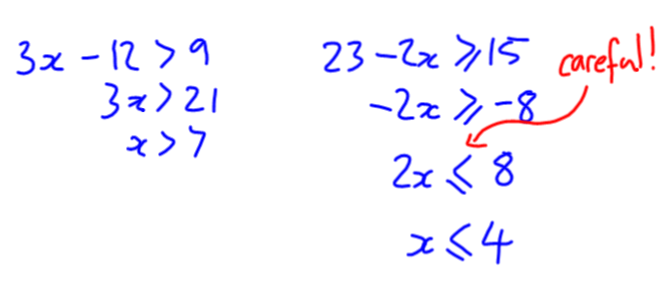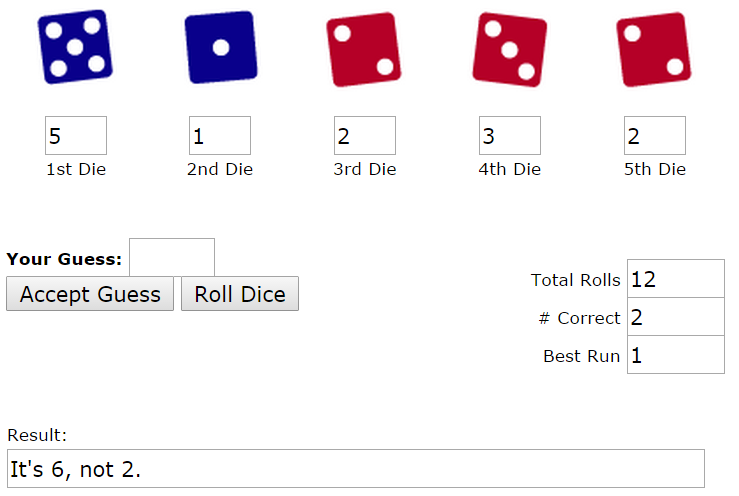To be clear, this is the strangest post I’m ever going to write. Completely unlike any other you’ll see on this blog. This is about what’s been happening in my life personally. But also totally about teaching math. And blogging. And the MTBoS. And the fact that I dropped the ‘s’ off the word maths just now.

This kangaroo is also related to the story. Sort of.
I’m not exactly sure how to explain what I’m about to share. I’ve been thinking about this for a while, but haven’t really gotten anywhere. But I promise what I’m about to share is totally worth hanging around to read.
Last year I started dating this really amazing girl. Someone who really inspires me. She is so wonderfully talented and passionate about what she does. She is so incredibly cute. A couple of months ago, I got down on one knee and asked this girl to marry me. And with a single word, she made me the happiest guy in the world.
(That word was ‘Yes!’, if that wasn’t immediately obvious.)
Now, if I just left this post here, that would be exciting enough. It’s certainly the most exciting thing that’s ever happened to me. But there’s a twist to this story. Because if you’re the type of person to read my blog (i.e. a mathematics teacher who reads mathematics teaching blogs), there’s a good chance you’re already familiar with this person.
My fiancée is Sarah Hagan, who writes Math = Love.

Yeah, that really happened. I really started dating a girl who lives on the other side of the world to me. I really fell in love with another math teacher who goes by the name @mathequalslove. I feel like I need to apologise to everyone who wanted to catch up with Sarah at TMC15, because she spent her summer in Australia with me.
If this seems like a story that’s too ridiculous to be true, it seems like that to us, too. But here we are. I discovered the MTBoS at some point in the first half of last year, and Sarah quickly became one of my favourite bloggers. One day I left a comment on Sarah’s blog, not realising that by doing so I’d caught her attention as well. Over time, the messages between us increased, and we discovered that we have a lot in common, even aside from being teachers who blog about mathematics. Eventually, our messages led to us talking over Skype, when we finally realised we were both really into each other.
If you want to read Sarah’s take on this same story, click on through to find that. Though given her blog’s popularity, I’m guessing most people reading this have already seen it. 🙂

